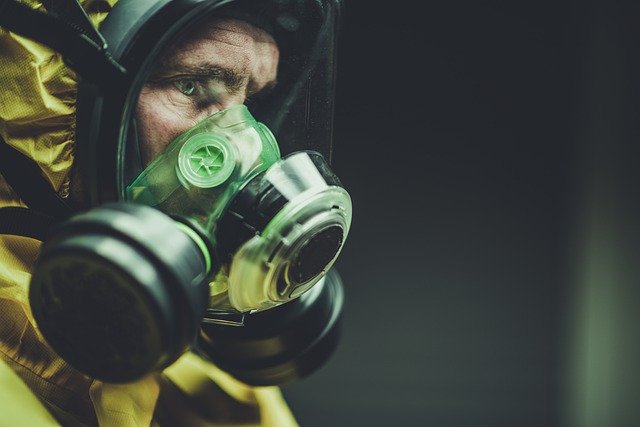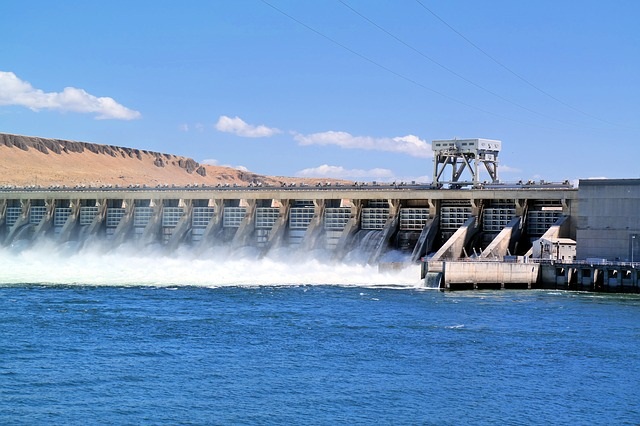Introduction
Environmental health is branch of Environmental sciences. It is also a sub branch of public health and mainly focuses on the human and environmental relationship. It encourages human health and their well-being, promotes safe communities. It is an integral part of public health and system. It is used in formulating policies to decrease the human release of toxins and chemicals into the environment such as air, water and soil.
For humans to live with health and prosperity that are certain factors that need to be considered such as the clean air, water, food, accommodation and climate. Environmental health focuses on providing a healthy relationship between humans and environment. By focusing on a healthy environment, we can get physical health and mental peace. Therefore, ensuring a healthy environment for humans to live in is a necessity.
Also check out: Occupational Health and Safety – Hazards and Protection
Indicators of a Healthy Environment
-
Clean water
Clean water and sanitation are one of the necessities of life. Unclean water is one of the biggest health concern of humans today. People drink impure water even today in the African region. 784 million people still drink dirty water.
You might also be interested in: Water pollution– Sources, Effects, and Control and 10 New Innovative Water Purification Ideas and Techniques.
-
Environmental Toxicology
Toxic chemicals, gases, toxins and persistent organic pollutants exist around us all the time. They can cause health impacts on the humans, animals, plants, soil and in water. The health impacts vary from skin infections to genetic disorders. The pesticides can enter our food chain. The rate for brain cancer can increase up to 20 percent with the exposure to pesticides. For more info: What Is Environmental Toxicology And What Are Its Branches?
-
Air quality and pollution
Industrial activities and vehicular emissions are the two biggest sources of the air pollution. It can harm the animal and plant life as well as human respiration system. Many of the industries are taking initiatives to decrease the air pollution and using renewable energy sources. Some use cyclones, electronic precipitators, and thermal oxidizers to reduce the release of gases into air. It is concerned with the control of release of gases into air and forming standards that decrease the air quality. Check out: What is Indoor Air Pollution? – Sources, Effects and Control and Air Pollution– Sources, Effects, and Control.
-
Urban design
It is concerned with the development of communities and urban areas that promote health and safety. If the design is poorly made it can cause release of urban waste and uncontrolled consumption of water. Therefore, environmental-friendly interior design and eco-cities should be a priority. For detailed info, kindly read: Eco-Friendly Sustainable Interior Design – How To Do It? and Blueprint of an Eco-city – How To Create Sustainable Cities?
-
Climate change and control
It is concerned with the cause and mitigation of climate change. It is the top threat to humanity. It not only causes environmental and economic damage. But also causes in increase in natural disasters such as flooding, earthquakes, avalanches. The flooding will increase to double in 2030. It is focused on formulating rules and regulation for climate change, devising adaptation and mitigation strategies. For more info: What is Climate Change Adaptation? – Importance and Methods and Climate Change Adaptation Methods and Mitigation Strategies.
Major Environmental Health problems
It includes:
- Air pollution that causing asthma, allergies
- Chemical pollution causing respiration disorders, bronchitis issues
- Climate change
- Microbes in air, soil, water etc
- Lack of health care
- Poor infrastructure
- Poor water quality
You may also be interested in: Top 15 Countries with Worst Environmental Degradation
Importance of a Healthy Environment
The human relationship with the environment depends on each other. Clean water, air, healthy food are the necessities for human life. As our activities affect the environment in a way, they also affect our life, health, families and communities. Human civilization has always formed a close bond with their environment. Sitting in fresh air and greenery can increase mental peace, reduce blood pressure, increase attention span.
Benefits of a Healthy Environment
A healthy environment means a healthy human. It can reduce the risk of diseases. If we are environmentally aware than the risk of diseases can reduce. If we decrease the bacteria, microbes’ penetration there can be less pandemics and outbreaks. It promotes a healthy and quality life. If food, shelter, clean air and water is provided then the quality of life will increase. It can also increase the life expectancy. If the temperatures increase then the food security will decrease. It can cause malnutrition and diseases. It can increase the biodiversity by creating mass awareness for habitat restoration. It can decrease the global warming limits otherwise the droughts are expected to double before the 2050 and floods will also double in 2030. The sea level rise can affect 1 billion people. If there is less release of green house gases then the global temperatures can also decrease. It can increase the food security, health equity, provide clean water and air, reduce hazardous waste, improve population health.
Conclusion
Environmental health problems can be solved only with the help of mass awareness and education. If we solve the environmental issues the diseases will reduce, promote healthy life, limit global warming, increase life expectancy.
Also read: How Much Time Earth Has Before Climate Change Destroys it?
We hope you liked this post! Please comment below if you have any suggestions, comments or feedback! We at #envpk love hearing from readers! Thanks.




